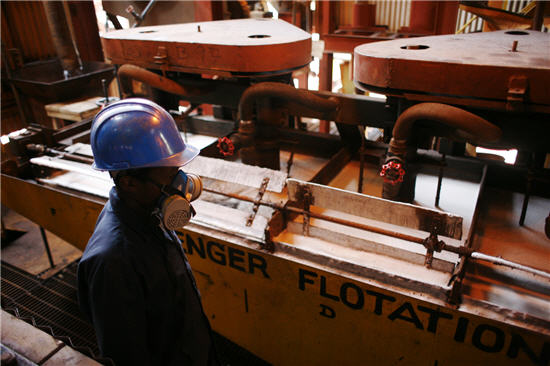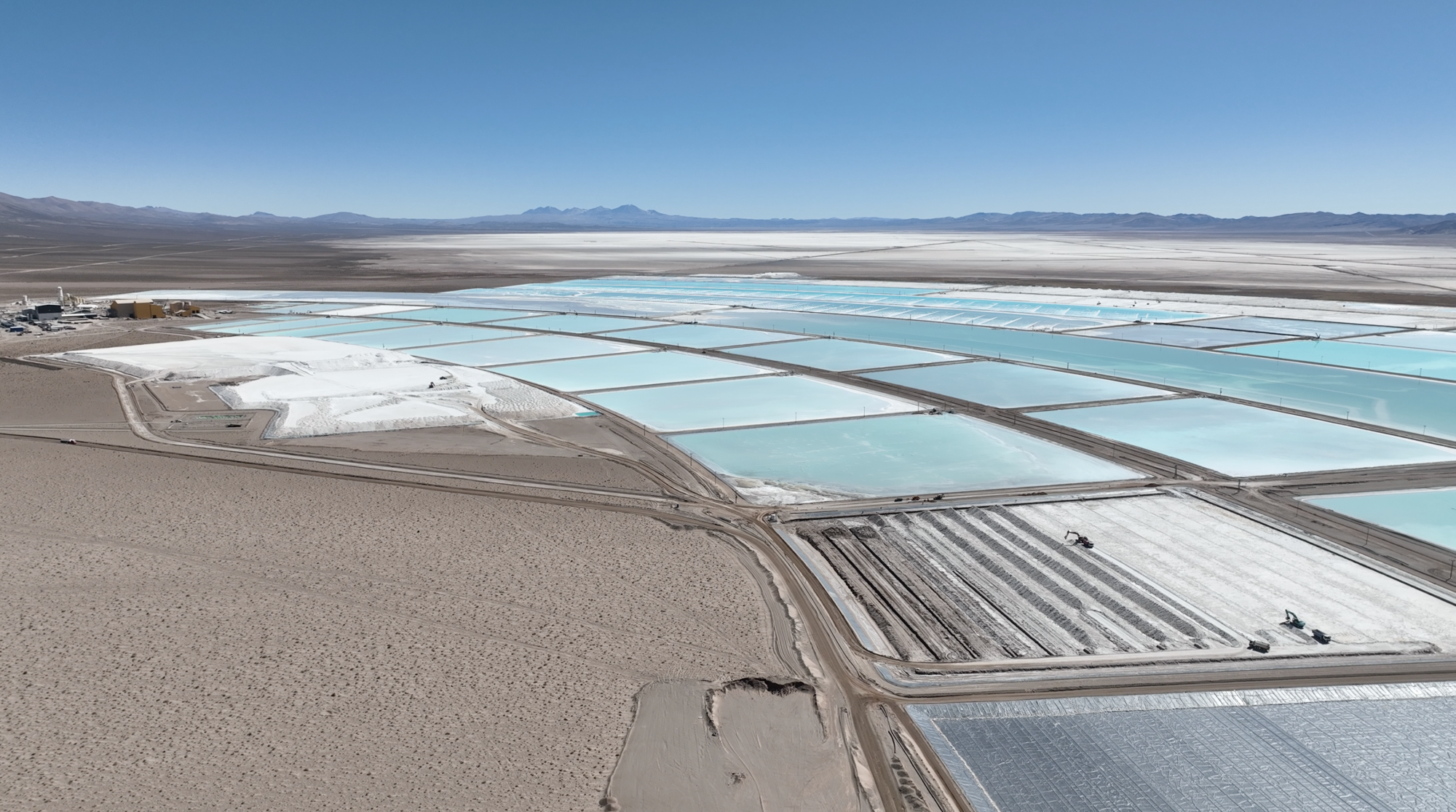Titanium is ‘interesting’
Admittedly industrial minerals like fluorspar, graphite and lithium had a tough 2012, says Simon Moores who is an analyst at Industrial Minerals, but there should be a pick up this year due to pent-up demand.
Moores, who was in Vancouver for Roundup 2013, spoke to MINING.com last month. Video embed is below.
Graphite got beaten up in 2012, says Moores, because it is mostly used in refactories to make steel, and the drop in steel manufacturing last year hurt graphite.
Moores says more uses are being found for industrial minerals, which is racheting up demand. Electric cars and lithium batteries are a classic example.
Asked what is the next hot industrial mineral, Moores had three choices.
“Graphite still has legs in it. It is not just refactories but batteries. Flurospar is another, which has similar fundamentals to graphite,” says Moores.
“The thing about the minerals, they need a story that goes with it. The traditional supply and demand balance won’t cut it.”
He thinks titanium minerals are interesting, just because of the size of the industry.
“It is used to make white paint, which isn’t necessarily attractive for investors but it’s a big industry and it’s valuable [and] that will be one to look out for.”
When investing in the space, Moores says choices are limited. All the major players are privately owned. Juniors are one way to play the sector.
It’s also a hard business to crack into.
“Getting into the industry is much harder, much more difficult, because it’s all about personal relationships and individual one-to-one contracts,” say Moores.
Unlike copper and gold miners, industrial miners has an illiquid market and much more emphasis on processing.
“Industrial minerals, there is a lot of value added. It’s not just digging it out and selling it. The value is in the processing. And that can be quite technical. You need to understand the processing side and the product customers will buy, as opposed to the actual mining side.”
More News
Rio Tinto buyout target Arcadium posts loss on falling lithium prices
Rio Tinto plans to create a standalone lithium division after it completes the $6.7 billion acquisition.
February 27, 2025 | 02:10 pm
Panama’s ‘novel ideas’ comments offer hope for giant copper mine
Speaking to reporters in Panama City Thursday, Jose Raul Mulino said he will visit towns near the mine that have been affected by its closure.
February 27, 2025 | 11:00 am
{{ commodity.name }}
{{ post.title }}
{{ post.excerpt }}
{{ post.date }}






Comments